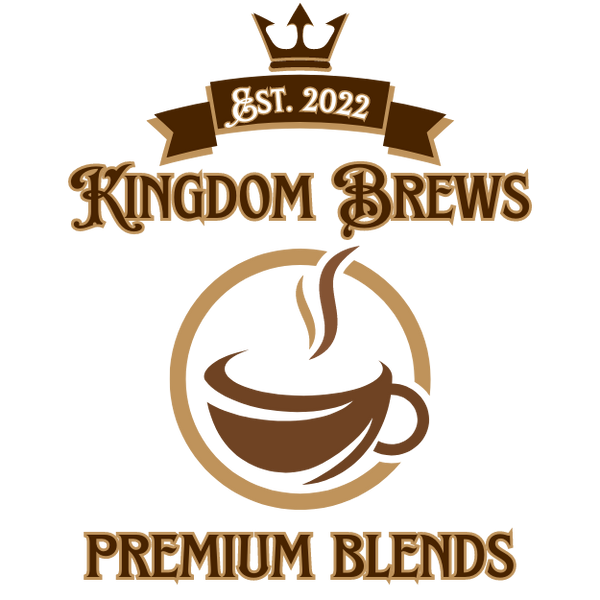Coffee FAQs
One of the most frequently asked questions that we receive relates to the difference between coffee roasts. Everyone has their go-to roast level, and we are here to help you understand the differences between each of these levels. Our “roast levels” are used to describe how long and thoroughly we roast the coffee beans. The most common words to describe different levels of coffee roasting are Light, Medium, and Dark.
Coffee roasting is one of the most influential factors of coffee taste. Roasting transforms green beans into the aromatic and flavorful coffee that wakes our senses in the morning. However, roasting beans at different levels achieves more than merely darkening the bean; it also changes many of the beans’ physical attributes as well.
Many large coffee companies roast in enclosed drums that can sometimes burn their beans. Our beans are roasted in small batches and roasted to order. This small batch roasting protects the smooth flavor and aroma of each roast level at a perfect temperature. Before we break down all of the roast levels, here are a few talking points to help you differentiate between roasting levels:
- Light roasts last until a single crack is heard, called the “first crack”
- As beans roast darker, both the caffeine content and origin flavors roast out
- Darker roasts are slightly less acidic and have the least caffeine
- Dark roasts get their bold, smoky flavor from oil that surfaces on the bean
- Light and Medium roasts have little to no oil on the surface of the bean
- As a bean roasts, the body gets thicker and heavier up until the “second crack”
- After the second crack, beans start to thin and taste more like charcoal
Light Roast
Light Roast coffees are characterized by their light brown color, lack of oil on the beans, and light body (or viscosity). These beans are allowed to reach a temperature of about 350º–410º. When roasting, beans typically pop at around 350º. This popping sound—known as the “first crack”—serves as the cue that the beans have reached a Light Roast.
A common misconception is that Light Roasts don’t have as much caffeine as their darker, bolder counterparts. However, the truth is exactly the opposite! As beans roast, the caffeine slowly cooks out of the bean. Therefore, because lightly roasted beans cook for a shorter time and at a lower temperature, they retain more caffeine from the original green coffee bean. Other roasters refer to a Light Roast as Light City Roast, New England Roast, or Cinnamon Roast.
Medium Roast
Medium Roast coffees are brown and have a little thicker body than a Light Roast. Unlike Light, Medium starts to take on a bit of the taste from the roasting process, losing some of the bright floral flavors that are typical of a Light Roast. Instead, they carry much more of a balanced flavor with a medium amount of caffeine. A Medium is roasted until just before the second crack, usually at about 410º–440º. Other roasters refer to a Medium as American Roast, Breakfast Roast, or City Roast. Our most popular Medium Roasts include
Dark Roast
Dark Roast coffees are dark brown, even close to a blackened color. The beans are characterized by drawn-out oil that glosses the surface. Coffee made from a Dark Roast has a robust, full body. The flavors from the coffee’s country of origin are almost entirely roasted out, taking on a very bold and smoky taste.
To be considered Dark, beans roast to a temperature of anything higher than 440º or essentially the end of the second crack. If beans roast much hotter than 465º, the coffee will start to taste more and more of charcoal.
